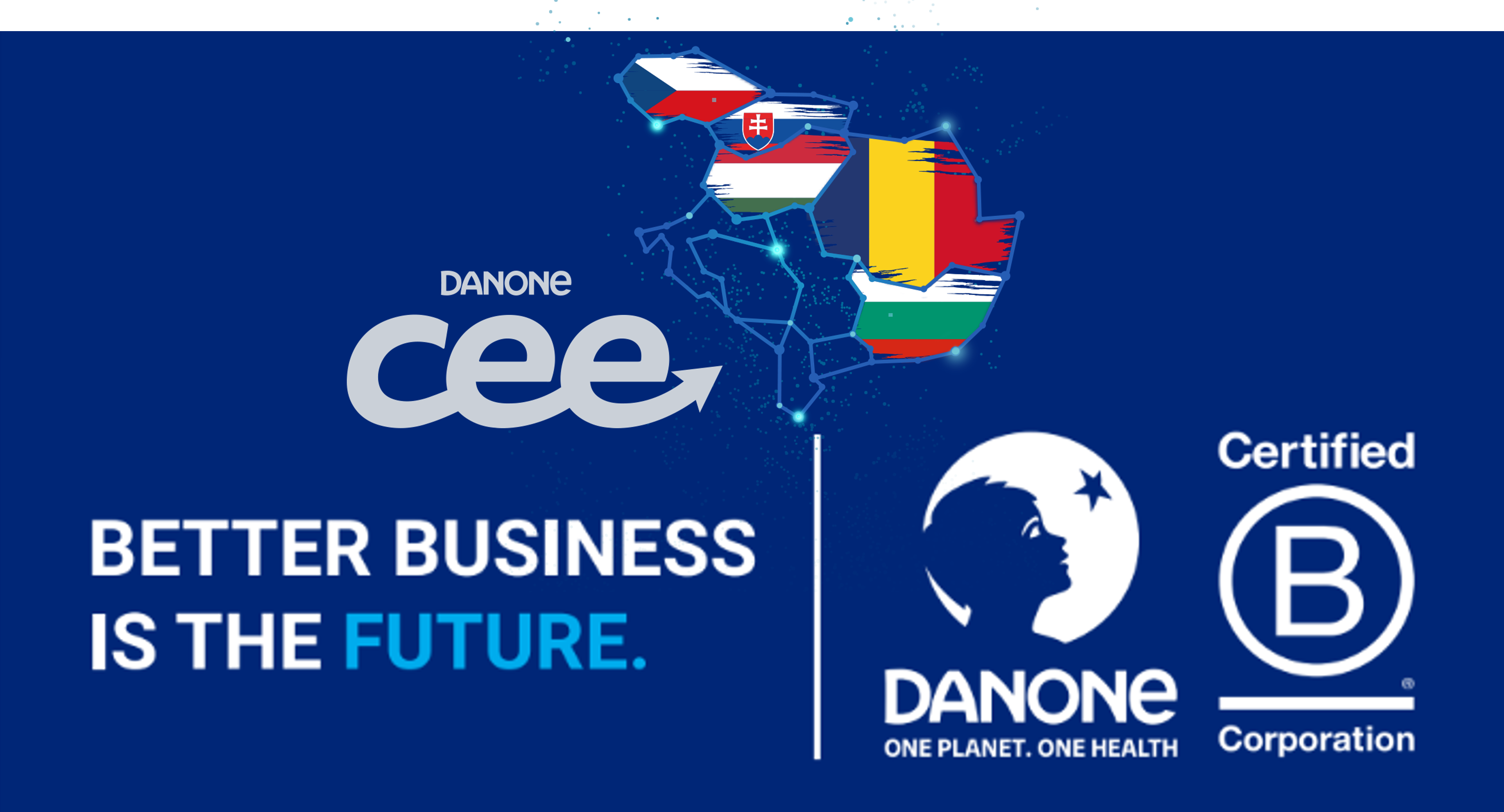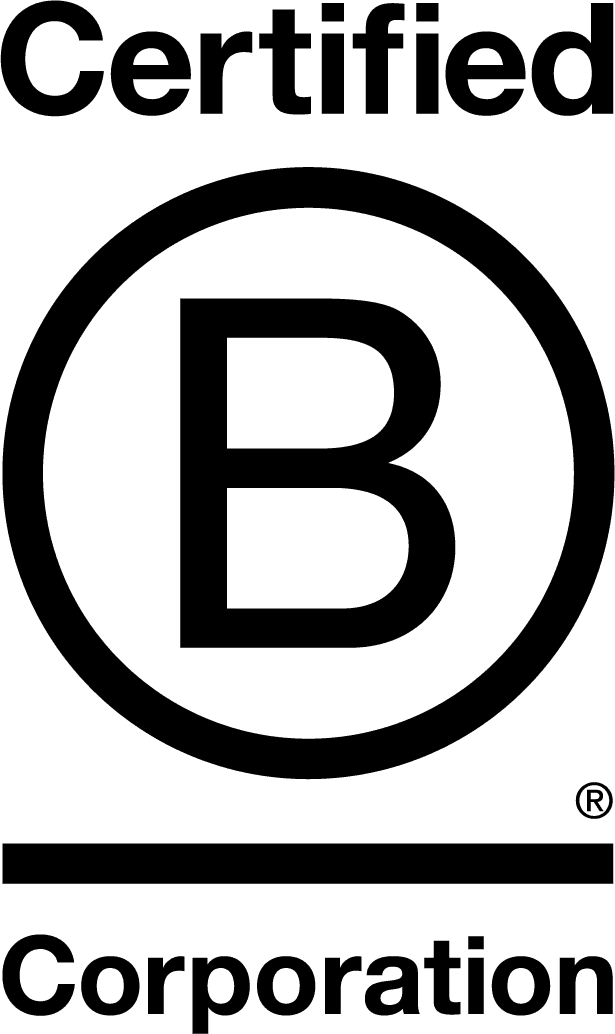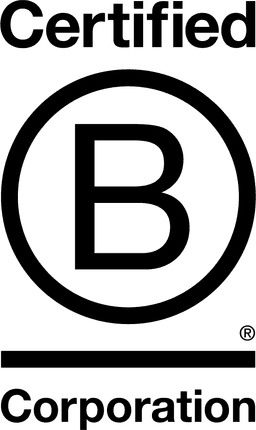

Danone Central Eastern Europe Region (Romania, Bulgaria, Hungary, Czech Republic and Slovakia)

Bucharest, Romania
January 2024
Food products
Manufacturing
Bulgaria,
Czech Republic,
Hungary,
Romania,
Slovakia
Danone Company aims to inspire healthier and more sustainable eating habits and is committed to operating sustainably and responsibly. Since more than 100 years, Danone mission is to bring healthy products to as many people as possible. Danone Central Eastern Europe Region means a hub of five countries where Danone operates: Romania, Bulgaria, Hungary, Czech Republic, and Slovakia. Danone CEE is the first 400 M turnover business operating in the region certified as B Corp with 103.3 points. Danone in CEE Region has been faithful to his original purpose, selling healthy, delicious products tailored to the nutritional needs and eating habits of our consumers. Essential Dairy and Plant-Based Products, Early Life Nutrition and Medical Nutrition – all of our ranges share the same goal: offering innovative, top-quality products that meet the expectations of consumers at every stage of life. And while our business is about nourishing people and helping them take care of their health, we never forget that it’s also about helping them live better lives and share their enjoyment with others. Danone CEE Region also has one production facility in Romania which produces dairy products for all the five countries as well as for other European countries. At Danone, we believe that through wh
Overall B Impact Score
Governance 18.6
Governance evaluates a company's overall mission, engagement around its social/environmental impact, ethics, and transparency. This section also evaluates the ability of a company to protect their mission and formally consider stakeholders in decision making through their corporate structure (e.g. benefit corporation) or corporate governing documents.
What is this? A company with an Impact Business Model is intentionally designed to create a specific positive outcome for one of its stakeholders - such as workers, community, environment, or customers.
Workers 30.3
Workers evaluates a company’s contributions to its employees’ financial security, health & safety, wellness, career development, and engagement & satisfaction. In addition, this section recognizes business models designed to benefit workers, such as companies that are at least 40% owned by non-executive employees and those that have workforce development programs to support individuals with barriers to employment.
Community 23.5
Community evaluates a company’s engagement with and impact on the communities in which it operates, hires from, and sources from. Topics include diversity, equity & inclusion, economic impact, civic engagement, charitable giving, and supply chain management. In addition, this section recognizes business models that are designed to address specific community-oriented problems, such as poverty alleviation through fair trade sourcing or distribution via microenterprises, producer cooperative models, locally focused economic development, and formal charitable giving commitments.
What is this? A company with an Impact Business Model is intentionally designed to create a specific positive outcome for one of its stakeholders - such as workers, community, environment, or customers.
Environment 26.2
Environment evaluates a company’s overall environmental management practices as well as its impact on the air, climate, water, land, and biodiversity. This includes the direct impact of a company’s operations and, when applicable its supply chain and distribution channels. This section also recognizes companies with environmentally innovative production processes and those that sell products or services that have a positive environmental impact. Some examples might include products and services that create renewable energy, reduce consumption or waste, conserve land or wildlife, provide less toxic alternatives to the market, or educate people about environmental problems.
What is this? A company with an Impact Business Model is intentionally designed to create a specific positive outcome for one of its stakeholders - such as workers, community, environment, or customers.
Customers 4.6
Customers evaluates a company’s stewardship of its customers through the quality of its products and services, ethical marketing, data privacy and security, and feedback channels. In addition, this section recognizes products or services that are designed to address a particular social problem for or through its customers, such as health or educational products, arts & media products, serving underserved customers/clients, and services that improve the social impact of other businesses or organizations.
What is this? A company with an Impact Business Model is intentionally designed to create a specific positive outcome for one of its stakeholders - such as workers, community, environment, or customers.